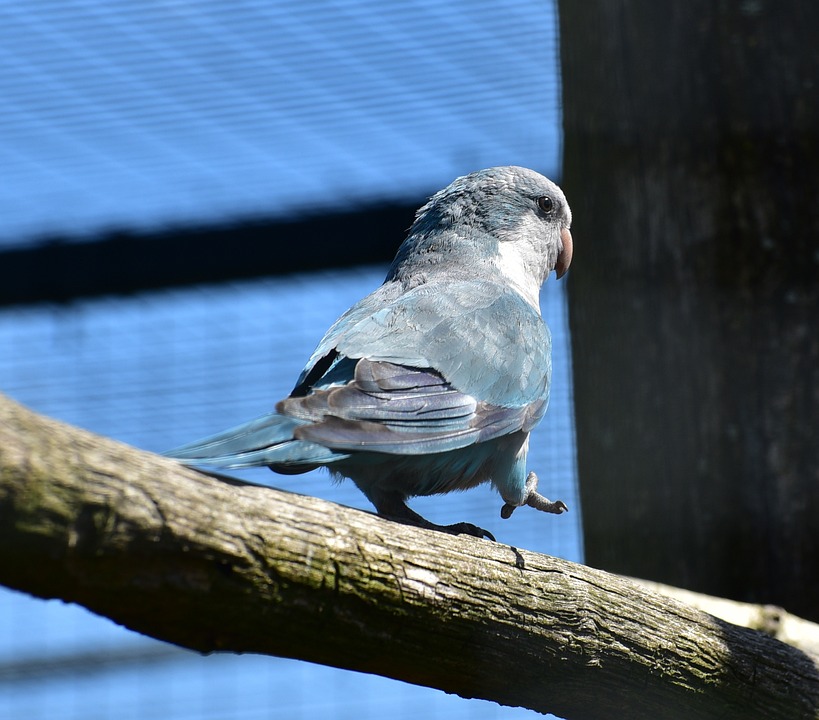Creating a distraction-free environment for parrot training is essential to ensure successful sessions. Parrots are easily distracted creatures, and even minor changes in their surroundings can grab their attention. In this article, we will explore effective strategies to discourage parrots from becoming distracted by environmental changes during training. We will also answer some frequently asked questions to provide additional guidance for parrot owners.
I. Understanding the Importance of a Distraction-Free Environment
A. Why is a distraction-free environment crucial for parrot training?
A distraction-free environment allows parrots to focus solely on the training session, leading to better learning outcomes. By minimizing distractions, you can ensure that your parrot understands and retains the training cues.
B. Common environmental changes that can distract parrots during training
Environmental changes such as moving objects, loud noises, or new people or animals in the vicinity can easily divert a parrot’s attention. These distractions can hinder the training process and make it difficult for the parrot to concentrate.
II. Creating a Consistent Training Space
A. Designating a specific area for training sessions
Having a dedicated training space helps establish a routine and signals to your parrot that it’s time for focused learning. Choose an area that is quiet and free from potential distractions.
B. Minimizing visual distractions in the training space
Remove or cover any items that may capture your parrot’s attention during training. This includes toys, mirrors, or any other objects that may divert their focus away from the training session.
C. Reducing noise distractions during training
Find a quiet area in your home where noise levels are low. Close windows or doors to minimize outside noises. If necessary, you can also use white noise machines or soft background music to create a more calming environment for your parrot.
III. Gradual Exposure to Environmental Changes
A. Introducing new objects or changes to the training space incrementally
When introducing new objects or changes to the training space, do so gradually. Allow your parrot to become accustomed to the changes over time, ensuring that they don’t become overwhelming distractions during training sessions.
B. Encouraging parrots to remain focused during training sessions with gradual exposure
During training, gradually expose your parrot to potential distractions. Start with minimal exposure and gradually increase the level of distraction, rewarding your parrot for maintaining focus and ignoring distractions.
C. Using positive reinforcement to reinforce focus and discourage distractions
Reward your parrot with treats, praise, or favorite toys for maintaining focus during training sessions. This positive reinforcement will help your parrot associate focus with rewards, making it more likely for them to ignore distractions.
IV. Maintaining a Routine and Predictability
A. Establishing a consistent training schedule
Consistency is key in parrot training. Establish a regular training schedule and stick to it. This routine will help your parrot anticipate and prepare for training sessions, making them less likely to be distracted.
B. Incorporating familiar cues and routines
Use consistent cues and routines during training sessions. Familiarity will help your parrot understand what is expected of them and reduce the likelihood of distractions.
C. Using visual aids or props to maintain predictability during training
Visual aids or props can help maintain predictability during training. For example, using a target stick or a clicker can provide clear signals to your parrot about the training exercises, minimizing distractions.
V. Frequently Asked Questions (FAQs)
Q1. How long should a parrot training session last?
The length of training sessions can vary depending on the parrot’s attention span and energy levels. Starting with short sessions of 5-10 minutes and gradually increasing the duration as your parrot becomes more comfortable and focused is recommended.
Q2. Can I train my parrot in different areas of the house?
While it’s possible to train your parrot in different areas, it’s generally better to have a designated training space. This consistency helps eliminate potential distractions and allows your parrot to associate that specific area with focused training.
Q3. What should I do if my parrot gets distracted during training?
If your parrot gets distracted during training, gently redirect their attention back to the training exercises using cues or treats. Avoid scolding or punishing your parrot, as this can create negative associations with training.
Q4. Is it necessary to remove all toys and perches from the training space?
Removing toys and perches from the training space can help eliminate distractions. However, if your parrot is more comfortable having a perch nearby, you can keep a designated perch for them during training. The key is to minimize potential distractions.
Q5. Can environmental changes affect a parrot’s learning ability?
Yes, environmental changes can impact a parrot’s learning ability. Parrots are highly sensitive creatures, and even minor changes in their surroundings can disrupt their focus and hinder the learning process. Creating a distraction-free environment is crucial for successful training sessions.
By implementing the strategies outlined in this article, you can create a focused and distraction-free environment for your parrot during training. Remember, consistency, gradual exposure, and positive reinforcement are key to discouraging distractions and maximizing your parrot’s learning potential. Happy training!
Note: It’s important to consult with avian professionals or trainers for specific advice tailored to your parrot’s needs and behaviors.









